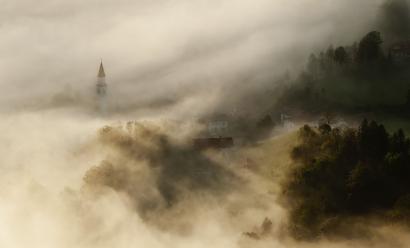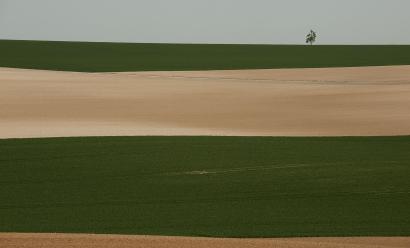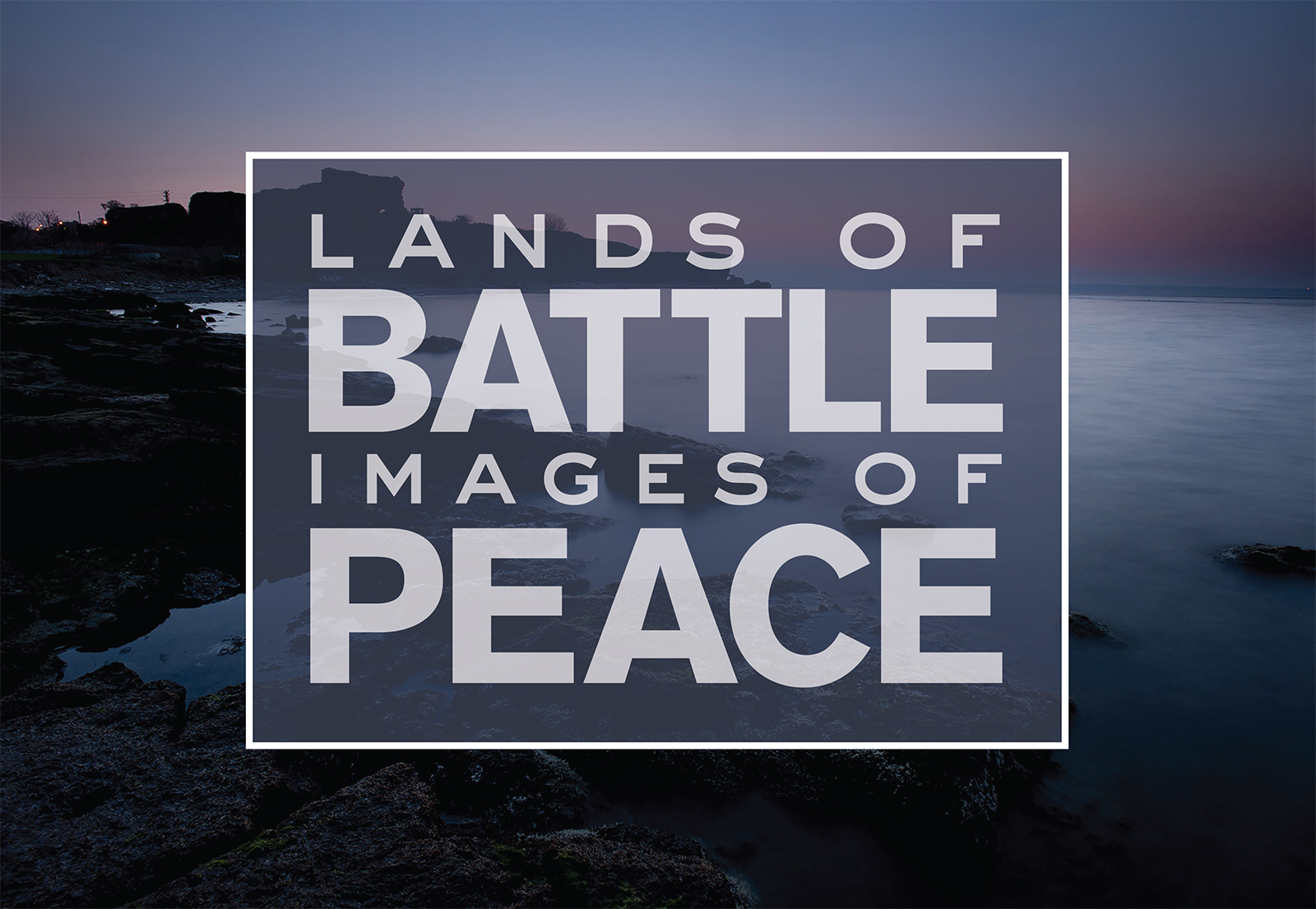
The Battlefield Photography of Michael St Maur Sheil
Sharing a story of how war and terrain shape each other requires a photographer that is both an artist and a historian.
Michael St Maur Sheil’s photography bridges a gulf between remembrance and history, offering a unique lens on the path that nations and their lands take from war to peace.
His photographs explore the lasting impact of WWI in Europe, Africa and Asia across the fields, mountains, shores, and towns where some of the fiercest fighting took place.
Mametz, Somme, France
2021.169.97 →
Click or tap the arrows to jump to the next image.
1.
Oulches-la-Vallée-Foulon, France
2021.169.80 →
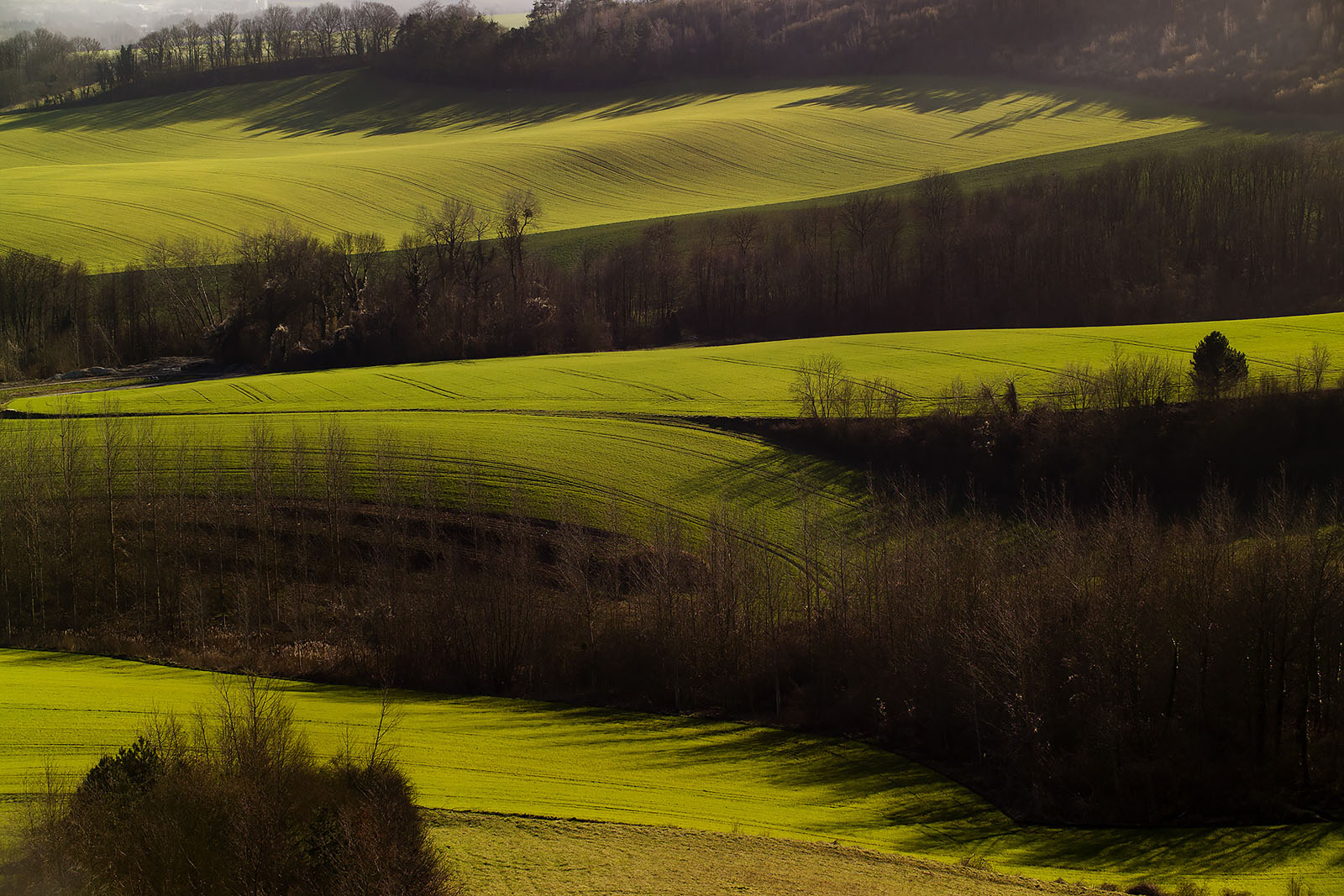
In April 1917, British and French military leaders attacked in hopes of a decisive victory against Germany in La Vallée Foulon. This was a devastating example of how difficult victory could be in WWI. The campaign’s short-lived tactical successes came at considerable loss: in six weeks of fighting Allied forces sustained more than 187,000 casualties – a demoralizing toll which led to mutinies in the French Army.
From the Photographer
Click 'play' to hear Michael St Maur Sheil's commentary
Hello. I'm Michael St. Maur Sheil, the photographer who created this archive, which I hope you will explore. I'm often asked, what's my favorite battlefield photograph? I'm not sure one can have a favorite photograph of a battlefield, but certainly for me, this image is – if you like – the iconic one, the one I would like to be remembered by.
When I started this project, I was working with a military historian, the late Professor Richard Holmes – and he told me that I had to do two things: I had to explain the history and I had to tell a story. And this photograph, I think, does both.
And it has a special connection with Richard. It's taken from a hill called the Chemin des Dames. And in 1917, where the photograph's taken from was held by the Germans, and the French were down in the valley below. This is the the Vallée de Foulon.
And they were effectively in the middle green field. And in April of 1917, they launched an offensive known as the Nivelle Offensive, which history would tell us was a complete disaster: after ten days, the French casualties meant that the French army refused to obey orders. Well, this photograph reveals otherwise because the attacking forces, they started off, as I said, in that middle green field, but two months later they had captured the position where the photograph is taken from.
So an extraordinary performance. And it does show that history is not always absolutely black and white.
Now, Richard was an incredible source of information and encouragement throughout my project. And we used to have regular meetings, generally speaking, with a glass of wine and a hand to review the photographs I'd taken. And Richard would always make a comment about it.
So I was very disappointed when I showed him this photograph and he looked at it for a while, said nothing and just put it aside. But then three days later he wrote to me and – I just found it fascinating that I thought this was an extraordinary place. And so did he, because he wrote,
"I think that this is perhaps my favorite view of the Western Front.
As one stands there, one cannot but be humbled by the spirit and endurance required of a man in battle. You cannot really understand a battle without viewing the ground on which it was fought. Part of the process is intellectual to see how ridges provided fields of fire and woods offered cover. But part of it, too, is emotional. This landscape was once peopled by soldiers embedded deep in the seams of the soil.
All those elements are to be found in this landscape. When I look at it, my throat tightens as I think of the brave spirits who died fighting on these slopes. Here is the story of war, the essence of which we are seeking to tell."
And I cannot say better than those words of Richard, because I hope that as you look at the archive, you will begin to understand some of the essence and some of the story which these photographs want to tell.
Thank you.
2.
Le Ligne, Vosges, France
2021.169.39 →
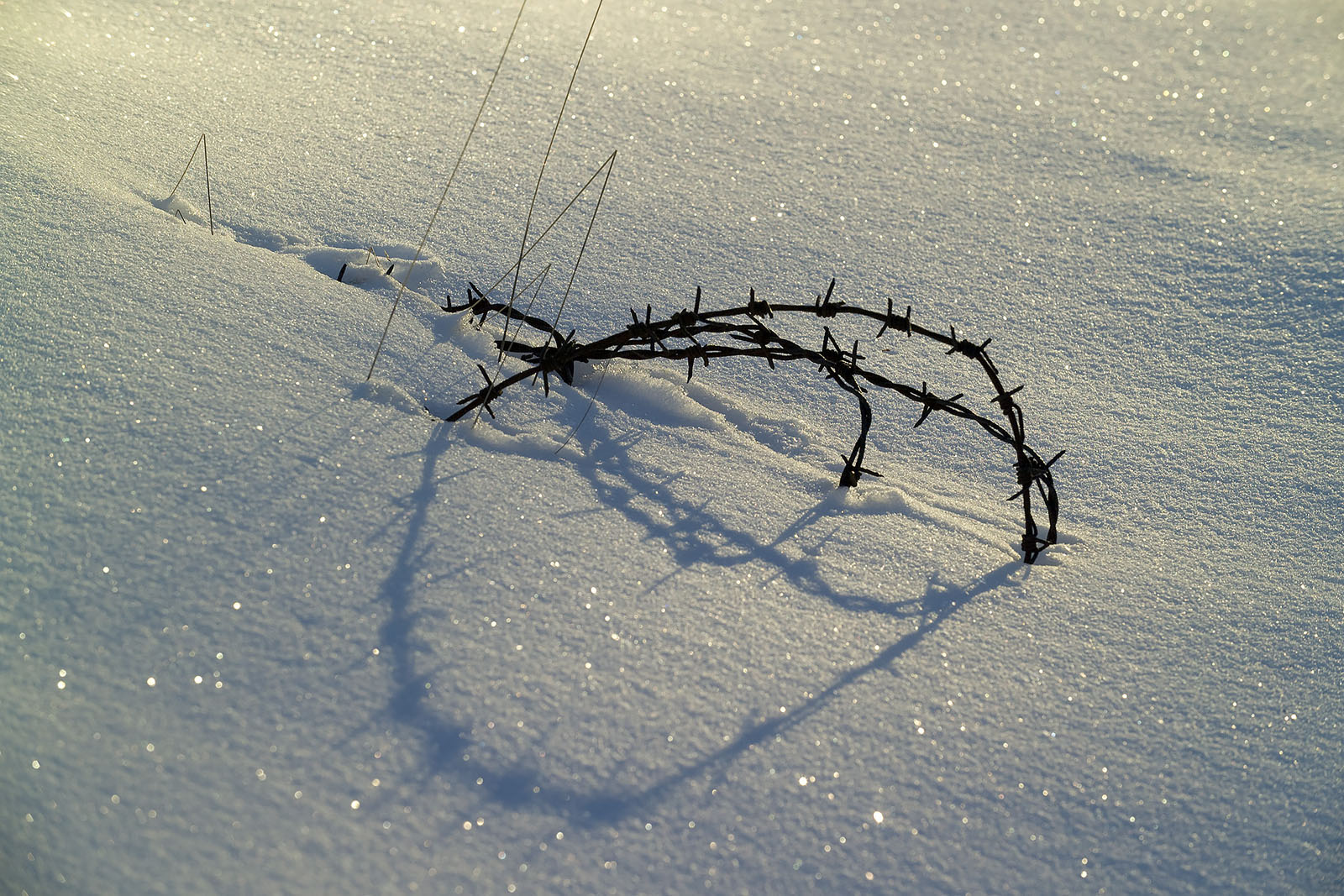
Described by the U.S. Army in 1917 as "easily thickened; quick to build; easy to conceal; not easily destroyed," barbed wire had been in use since before WWI. Warring factions on all sides placed over 1 million miles of barbed wire between 1914 and 1918. Large amounts remain, embedded in farmland and forests across Europe.
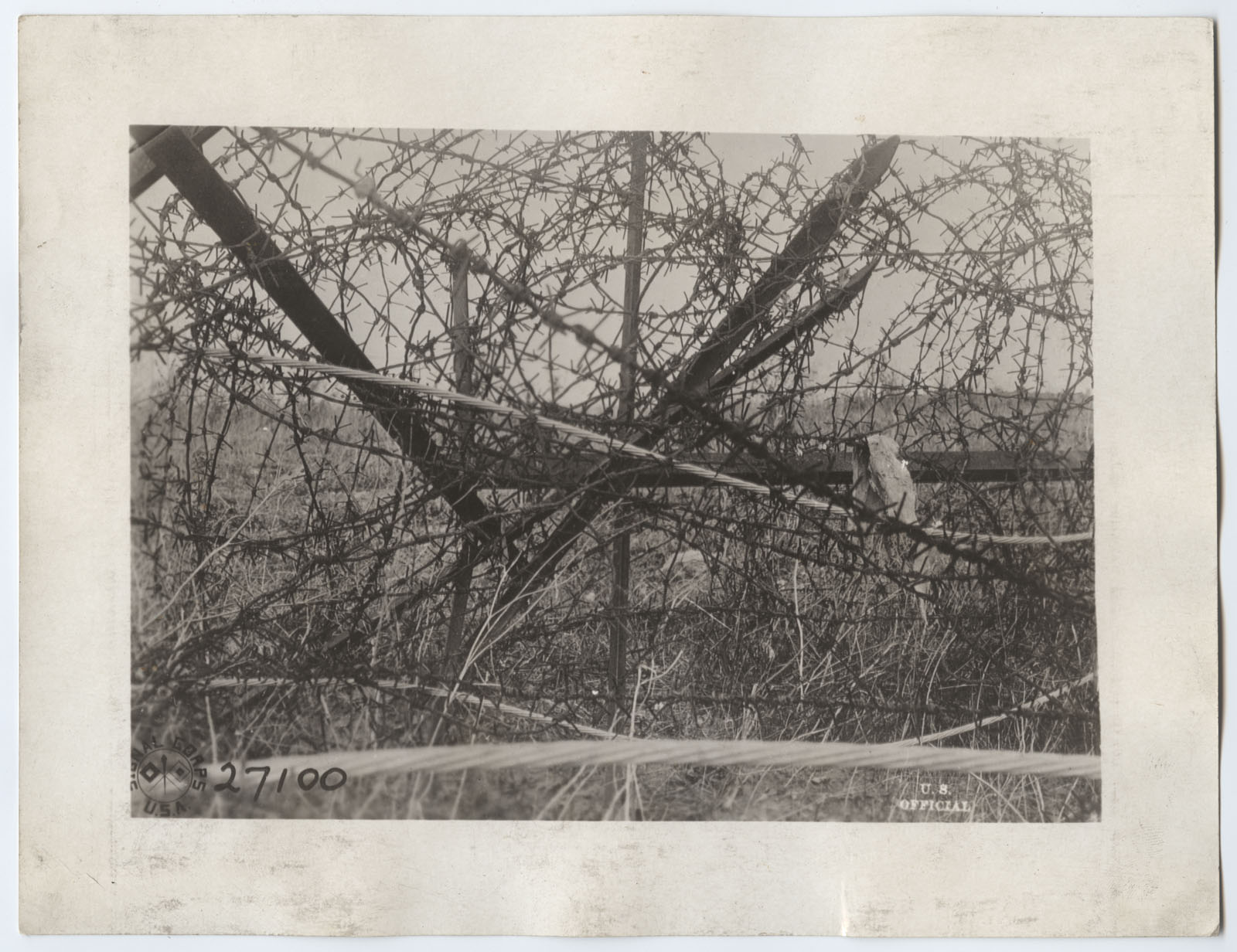
From the Catalogue of Official A.E.F. Photographs taken by the U.S. Army Signal Corps.
"This barbed-wire obstruction is an example of what the Infantry had to go through on the morning of September 12, 1918. The large cable in the foreground was charged with electricity. The proof of this can be found a short distance west of the town on the south side of the road."
1976.227.11 →

From the Catalogue of Official A.E.F. Photographs taken by the U.S. Army Signal Corps
"Sunset over no man's land."
1981.16.76 →
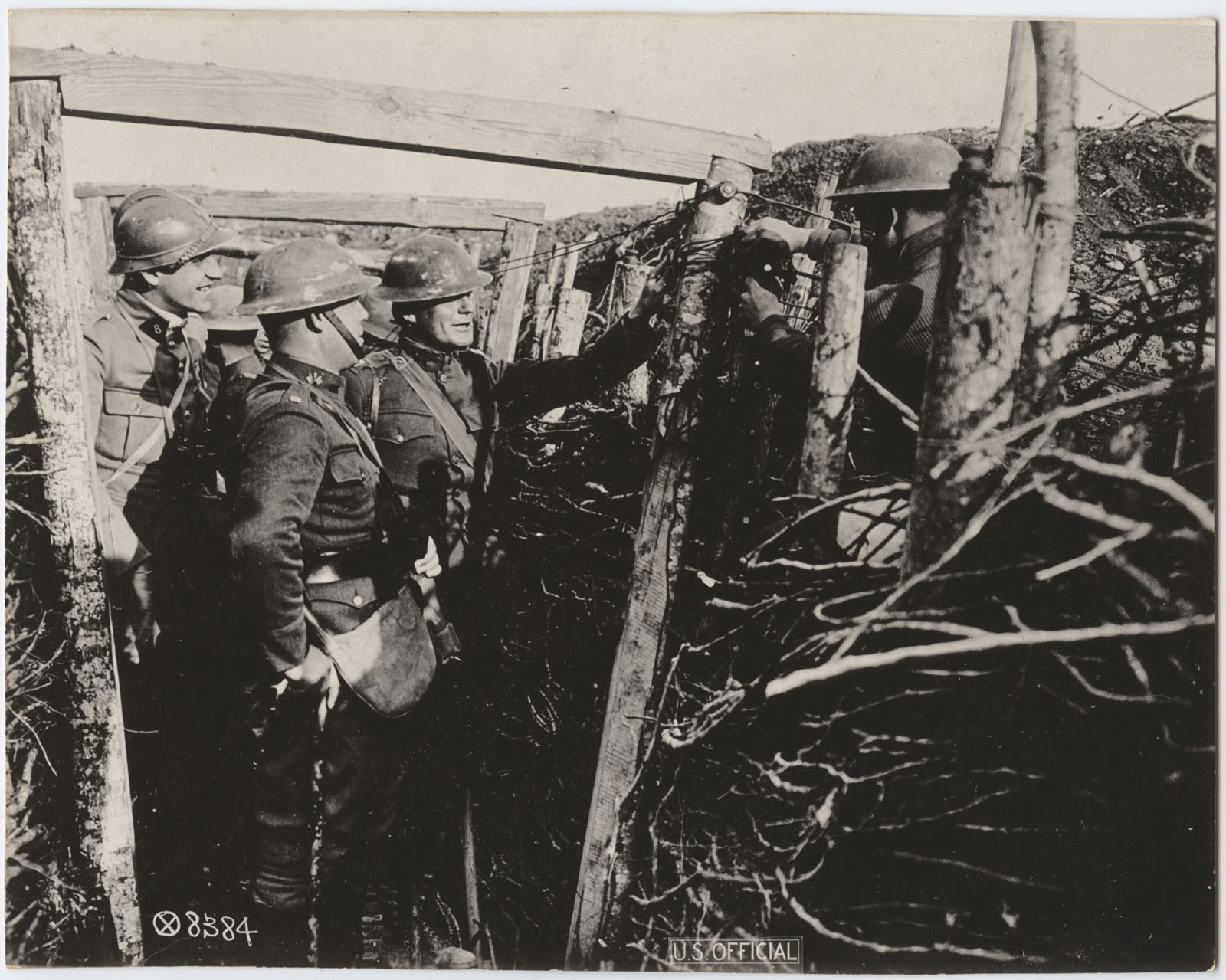
Trenches are one of the most recognizable features of the Western Front in WWI. Stretching from Belgium through France, across the Alps and into northern Italy, trench lines became an iconic legacy of the Great War and remain visible today.
1984.72.108 →
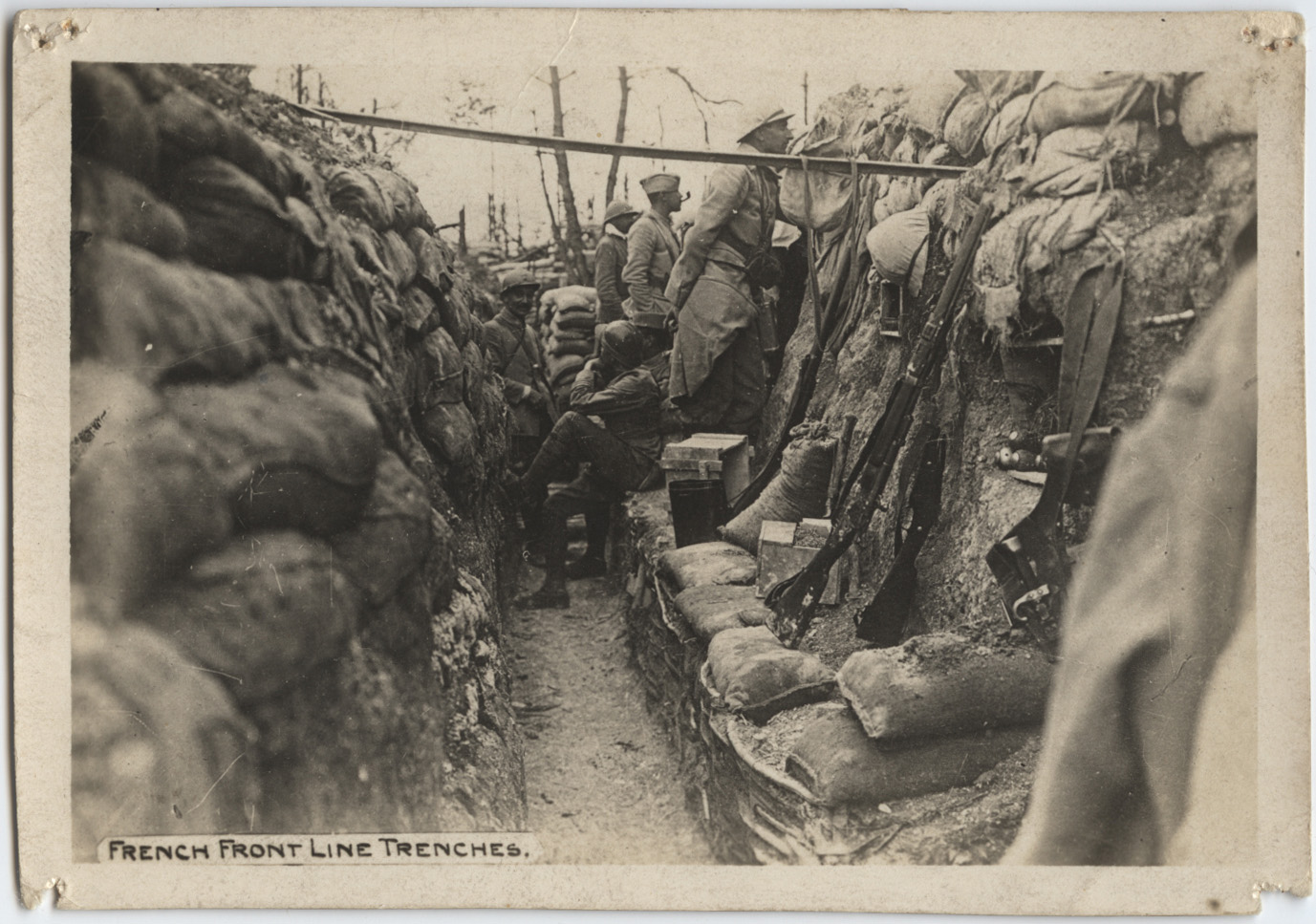
1987.129.62 →
3.
Beaumont-Hamel, Somme, France
2021.169.137 →
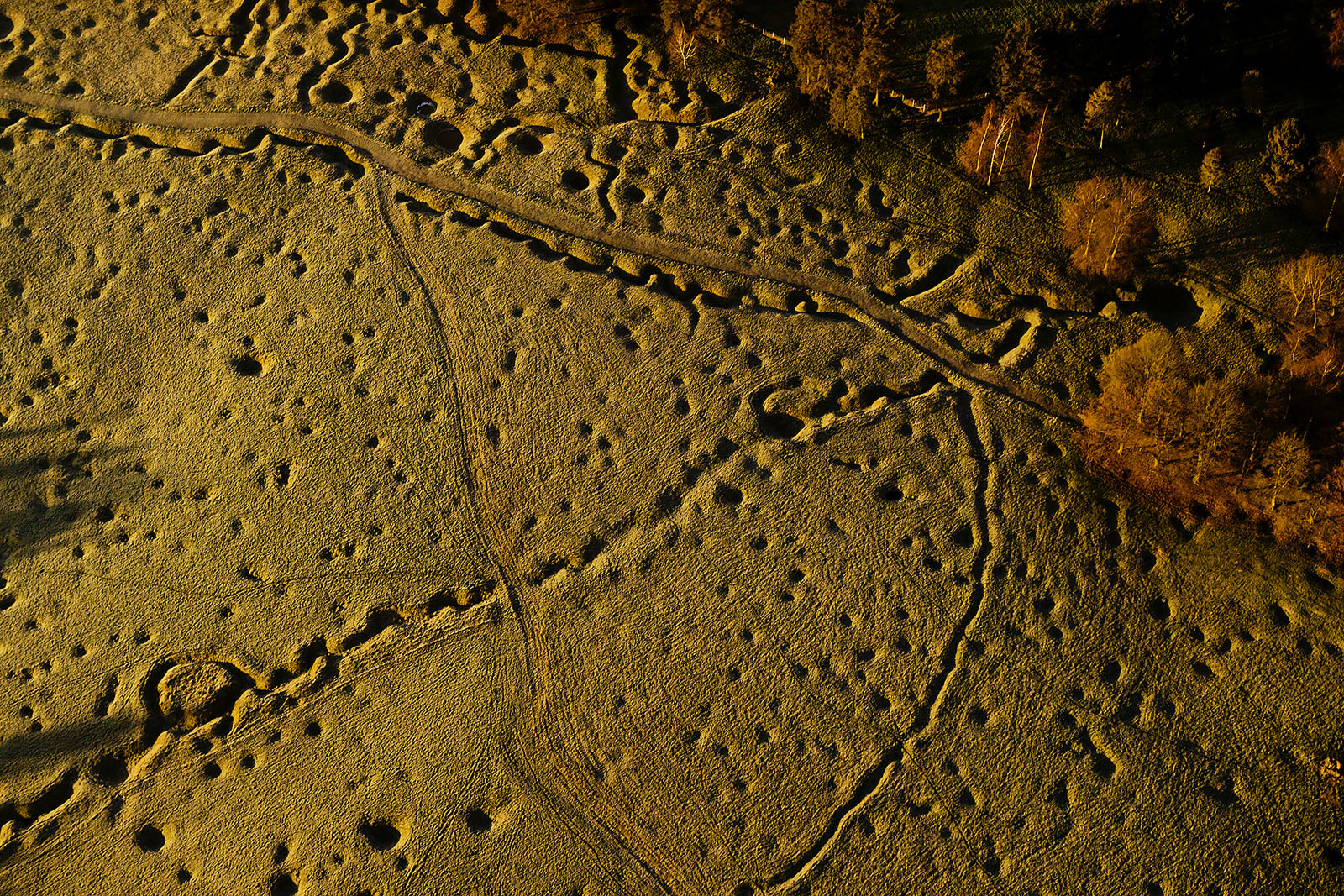
The Battle of the Somme is considered one of the bloodiest in human history. On the opening day of the battle, July 1, 1916, the 1st Newfoundland Regiment attacked enemy lines. With their communication trenches blocked, they were unaware the units protecting their flanks were held down by artillery and machine gun fire. When the Newfoundlanders advanced "over the top" that morning, they were the only troops moving toward enemy positions by 9 a.m., exposed to artillery shells and bullets.
The months and years of fighting that followed July 1 left deep scars in the land around Beaumont Hamel, as seen in this aerial photograph, from artillery shells and intricate networks of trenches.
4.
Wijtschate, Belgium
2021.169.70 →
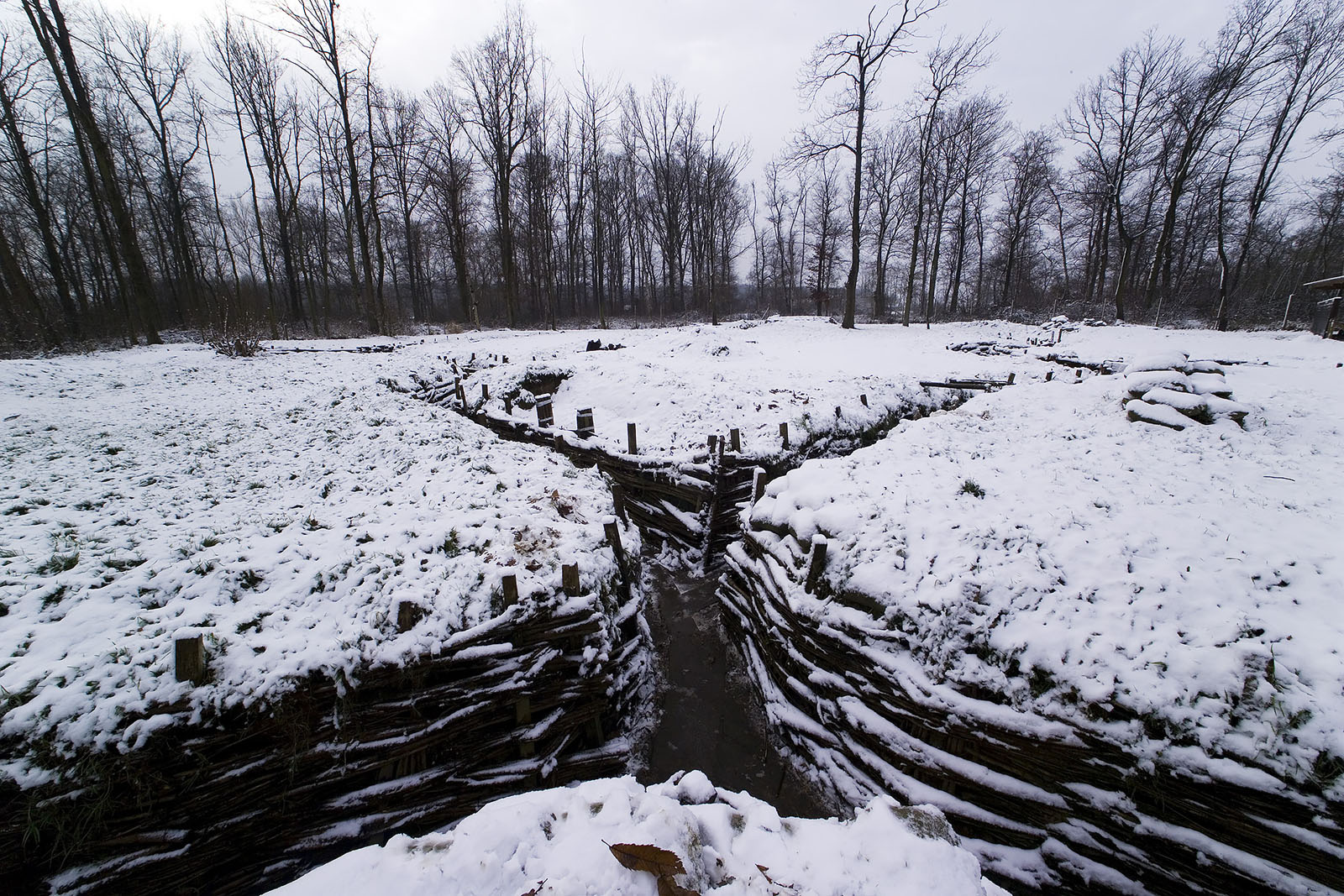
The British attacked German lines in the Battle of Messines (June 7-14, 1917), in hopes of regaining Ypres, Belgium. This reconstructed trench in Croonaert Wood – now a site of remembrance – demonstrates timber weaving as a technique for reinforcing trench walls and follows the exact layout of German trenches and positions.
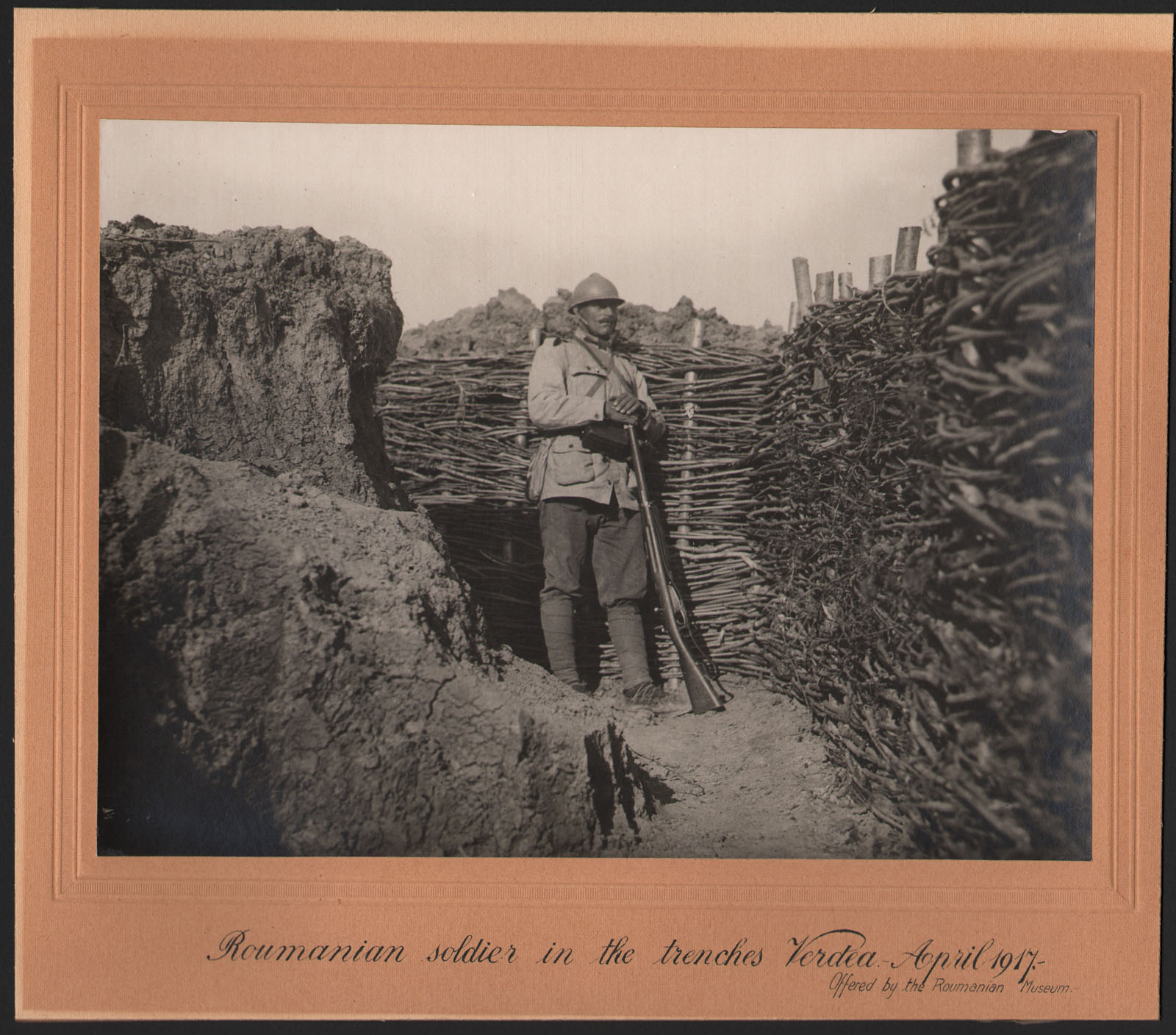
1928.6.3 →
5.
Falzarego Pass, Tofana di Rozes, Dolomites, Italy
2021.169.358 →
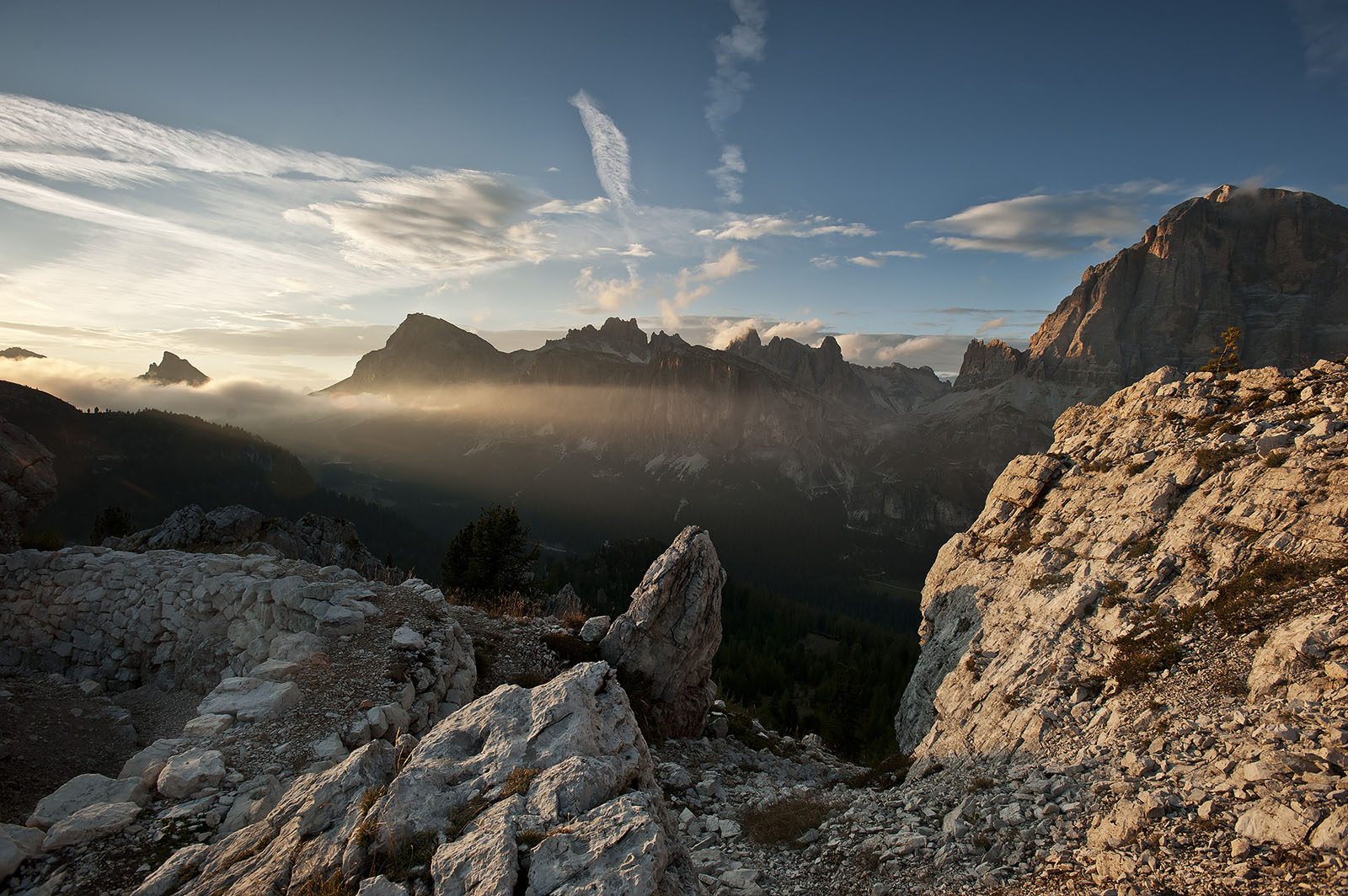
When extending trenches through the Italian Alps, all forces faced two universal enemies: mountains and weather. Armies learned new alpine climbing techniques to move soldiers and equipment through mountains. Winter temperatures dipped well below freezing and snow fell in summer, making it hard to keep soldiers supplied: a single mountaintop garrison of 100 people required over 900 porters. Over the three years of fighting on the Dolomite front, almost 90,000 soldiers died, with two-thirds of those deaths caused by natural disasters like lightning, blizzards, avalanches and rockfalls.
6.
Authuille, Somme, France
2021.169.162 →
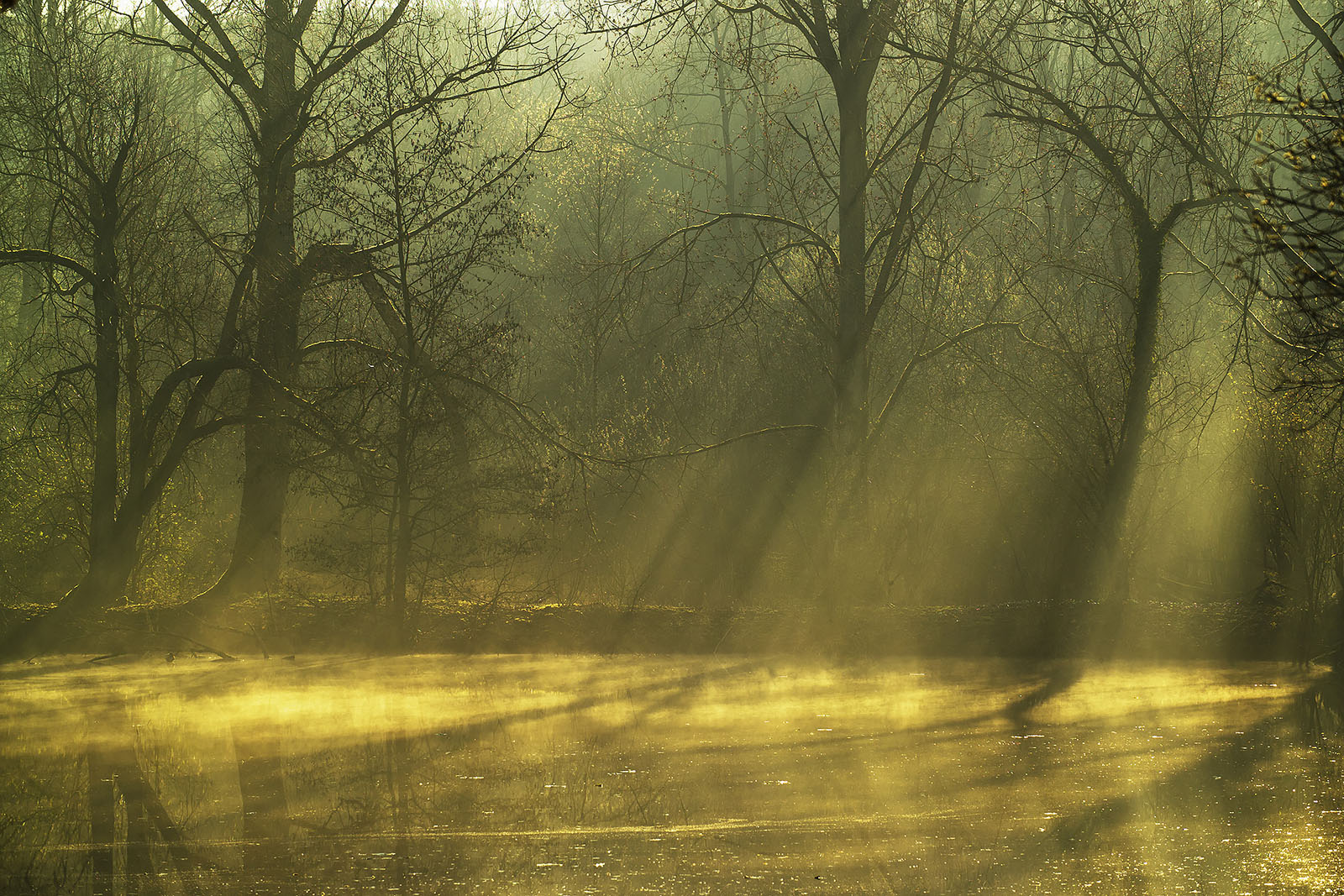
Author J.R.R. Tolkien served as a Signals Officer between June and Nov. 1916 in the marshlands along the Ancre River in the Somme. It is believed they were the inspiration for the Dead Marshes in Tolkien's "Lord of the Rings" trilogy.
"There was a great battle long ago...the Marshes have grown since then, swallowed up the graves...you cannot reach them, you cannot touch them...all dead."
—"The Two Towers," J.R.R. Tolkien
7.
Woinville, France
2021.169.191 →
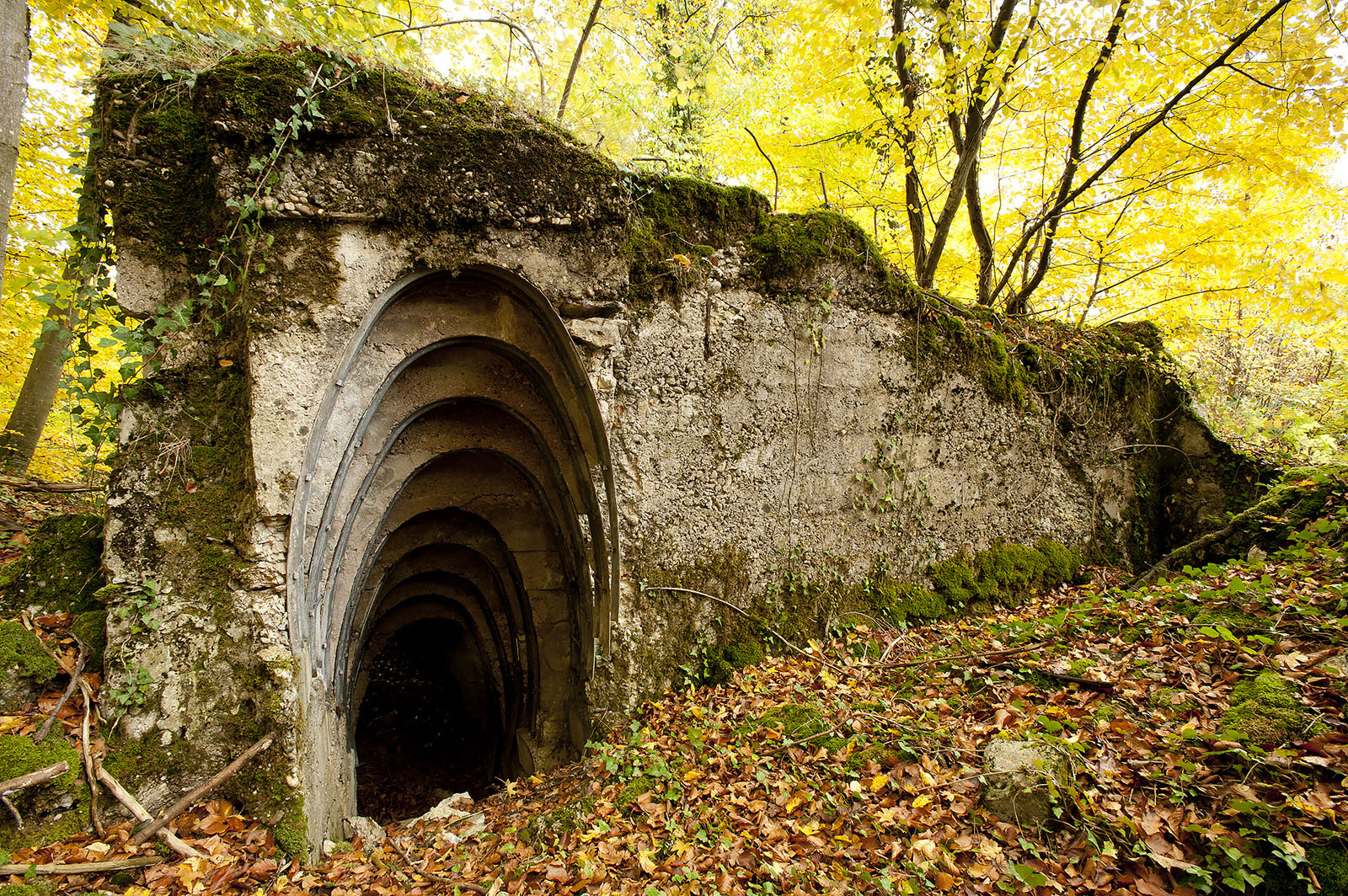
Located near Woinville and built by a German construction and cement unit, this bunker provided ammunition storage for the German artillery batteries along the Woëvre plain. Despite the ever-expanding building and repair requirements across the Western Front, many German construction projects continued to include unique design qualities and beautiful craftsmanship in their work.
8.
Vilcey-sur-Trey, France
2021.169.108 →
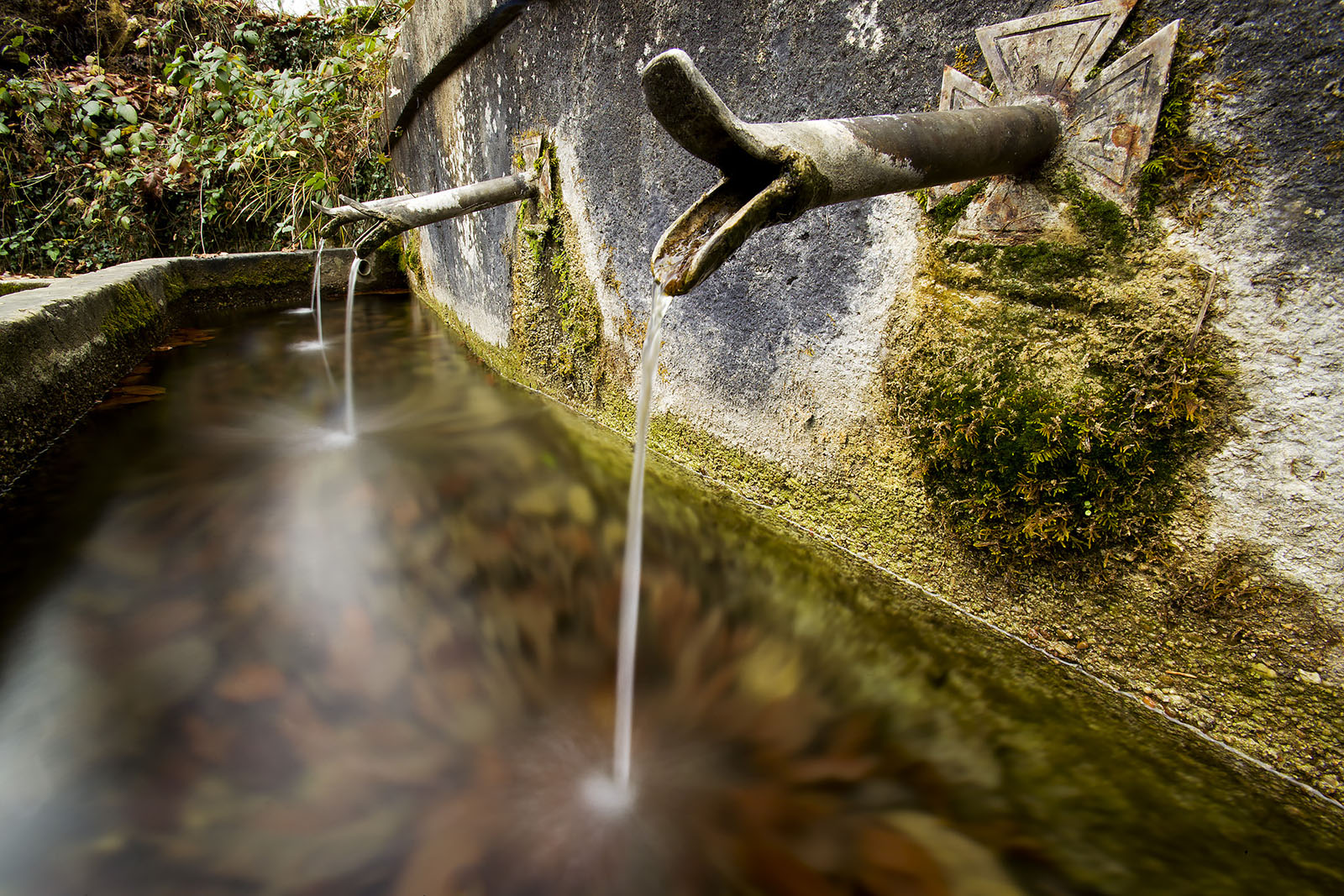
Built by a German Pioneer unit from the Bavarian II Army Corps, the Quatre Goulots is one of several spring-fed wells designed and ornamented by German construction units on the Western Front. These sites served as wash stations and rest spots not far from the front lines, but far enough to provide respite from the fighting.
9.
Carriere de la Fosse aux Ours Chemin des Dames, France
2021.169.218 →
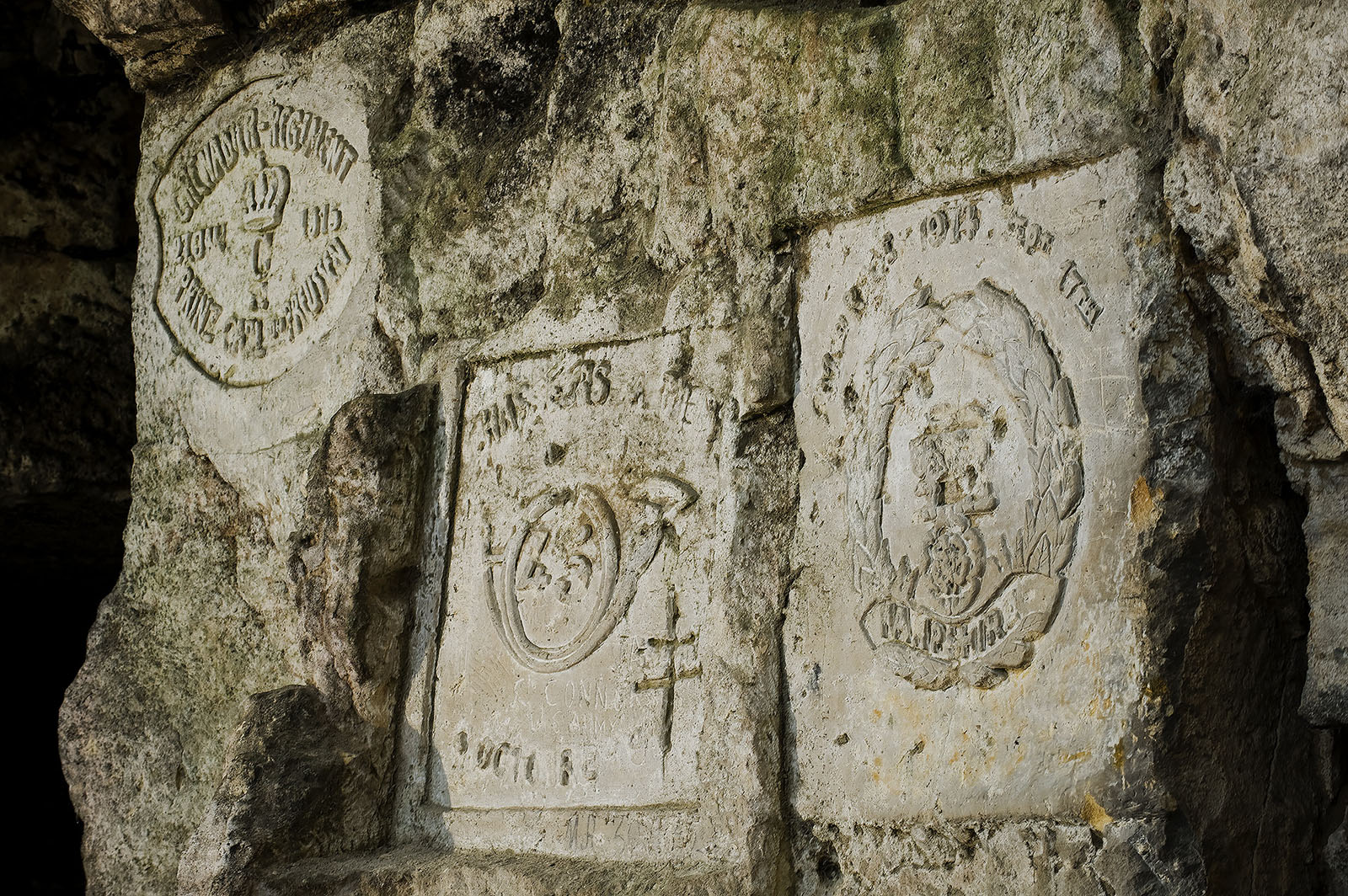
Soldiers often left permanent reminders of their fleeting presence throughout WWI. A unique set of carvings from French, British and German units sit next to each other in a French quarry. Between Sept. 1914 and Jan. 1915, the Royal Hampshires, the French 45th Chasseurs à Pied and a Prussian Grenadier Regiment would each occupy the same terrain and leave their unit insignias beside each other.
From the Photographer
Click 'play' to hear Michael St Maur Sheil's commentary
Someone asked me how I felt as an artist photographing these rather remarkable carvings in this cave near the Chemin des Dames. Actually, personally, I think that the term artist is far too readily applied to photographers who are simply documenting what they're seeing through the camera lens. The important thing about this photograph is that it documents carvings created by soldiers of warring armies.
They understood the pride shown by their adversaries in their regimental insignia. It was a common feeling amongst soldiers and personally, I think, as a photographer, I'm delighted to be able to document – to show the feelings of these soldiers of all that time ago and the emotions and the pride that they had in their units.
10.
Montsec, Meuse, France
2021.169.187 →
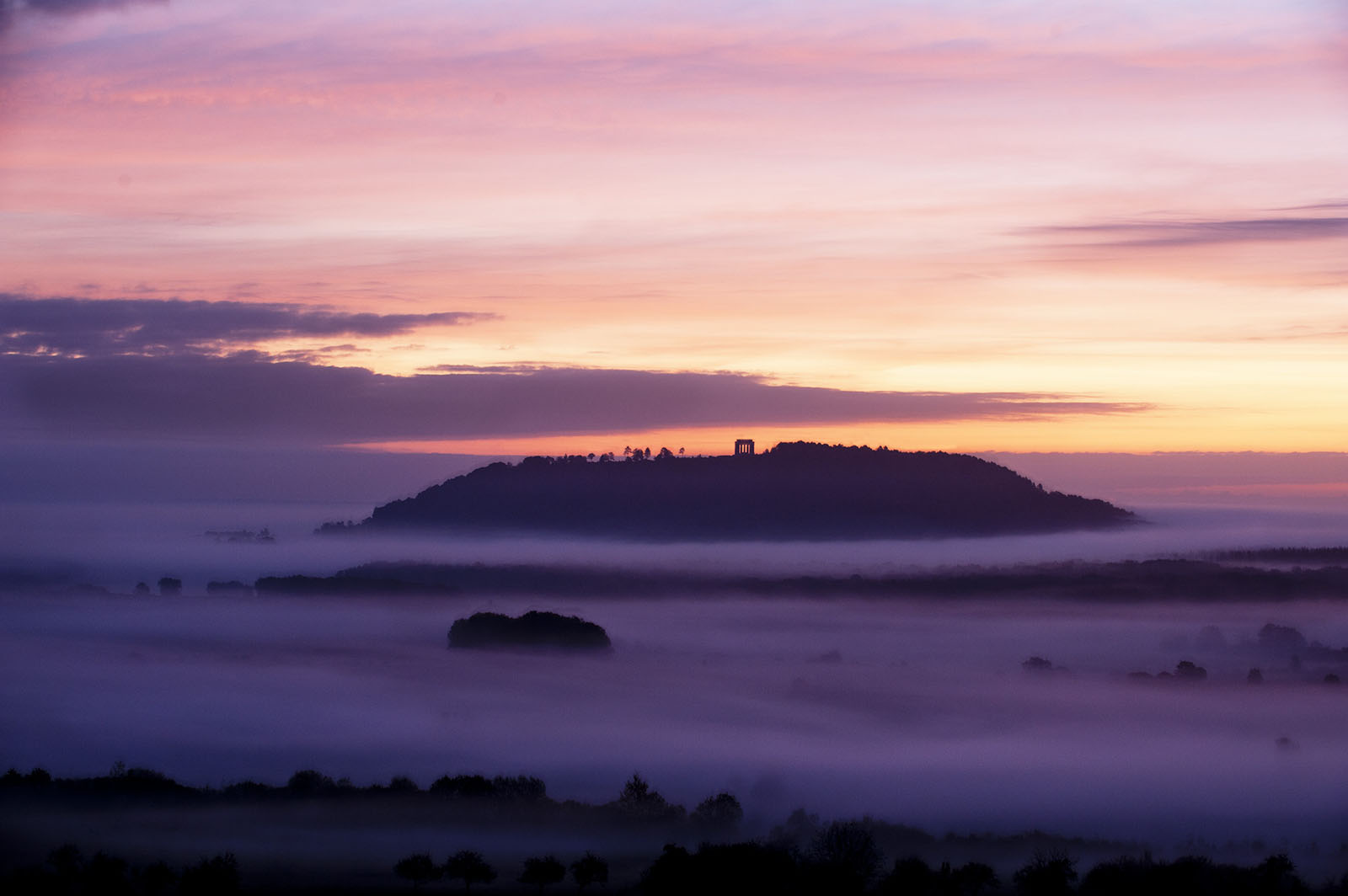
The hill at Montsec has a commanding view of the Meuse countryside. This was the site of the St. Mihiel Salient, a fierce battle between Germans, French and Americans in Sept. 1918. Finally captured by American forces on Sept. 12, the hill was concealed under an intense smokescreen that allowed the Allies to surround the German defenses and force their surrender.

"Montsec, in the distance, which the French and Germans thought was impregnable."
